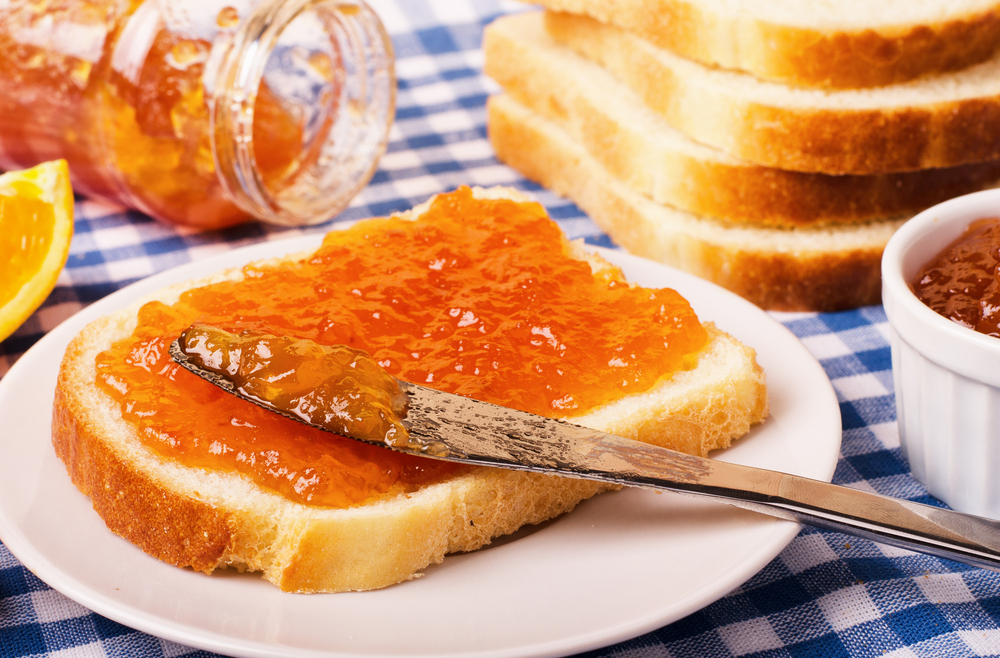Dieuwerke Bolhuis, a researcher at Wageningen Food & Biobased Research, studies our eating behaviour. Her latest publication focuses on bread.
‘Previous studies revealed that the surface size of a product determines how much spread or topping you eat with it’, says Dieuwerke Bolhuis. ‘Sauce and topping are often high in calories. Furthermore, people will eat more soft foods or foods with toppings such as butter or jam. And eating faster often results in eating more. All of this got me thinking.’
Bolhuis invited test subjects to the lab for breakfast on three separate occasions. There, they were given a different bread product on each occasion: sliced bread, large buns and small buns. The toppings Bolhuis served were the same each time: Jam, syrup, egg salad and cream cheese. The toppings all had the same calorie density. ‘The subjects were free to choose what topping, and how much of it, they used, and they could eat as much as they wanted.’ Bolhuis then monitored how much bread product and topping the test subjects ate and how quickly they finished their breakfast.
More topping
‘Participants put 36 per cent more spread on a slice of bread compared to a small bun of comparable weight. The spreadable surface of a slice of bread is approximately three times that of the bun, while they weighed roughly the same: 36 and 34 grams. This confirms our suspicions; a larger surface leads to more spread.’ Nonetheless, at the end of each breakfast, whether served with large buns, small buns or sliced bread, the subjects consumed the same number of grammes and calories. The ratio of bread to spread, however, differed, as did the ratio of macronutrients.
These results open opportunities says Bolhuis. ‘Altering the shape of a food product that is consumed with sauce or topping will subconsciously lead to the intake of more or less high-calorie topping. This enables you to create meals or products with different ratios of macronutrients or calories.’
Challenge
The ultimate challenge for the future is to make food products that have a pleasant structure without encouraging over-eating. ‘A product that is consumed slowly, for example, but still tastes good. Many products lose flavour the longer you chew. They become bland.’

 ‘Participants put 36 per cent more spread on a slice of bread compared to a small bun of comparable weight.’ Photo Shutterstock
‘Participants put 36 per cent more spread on a slice of bread compared to a small bun of comparable weight.’ Photo Shutterstock